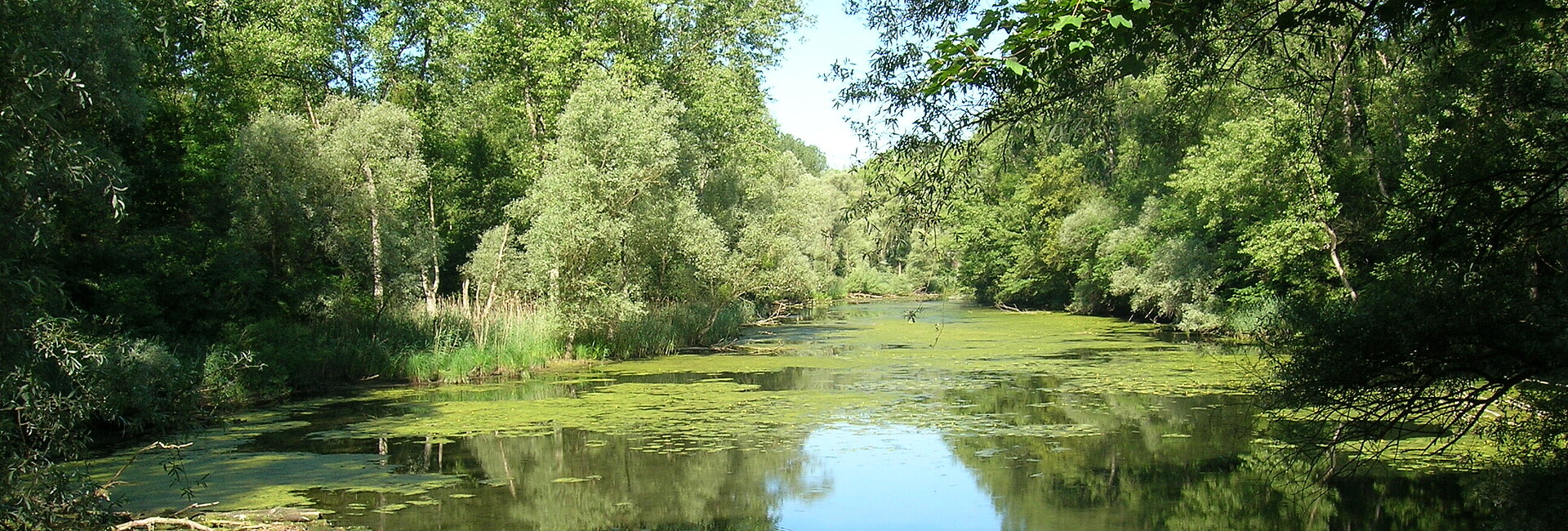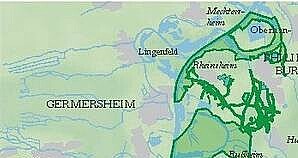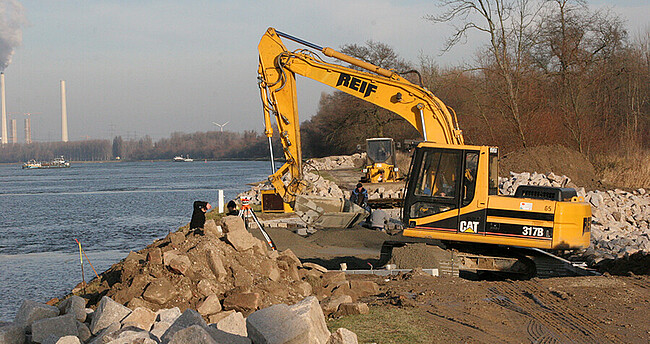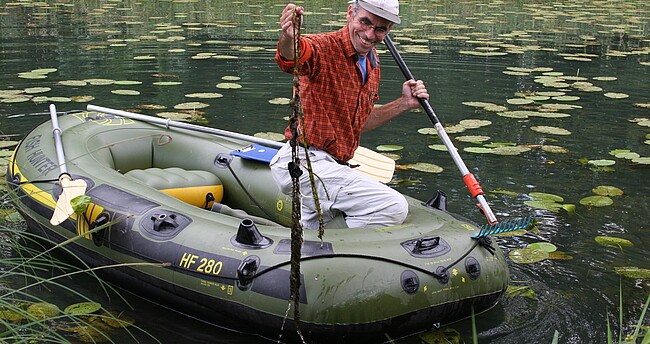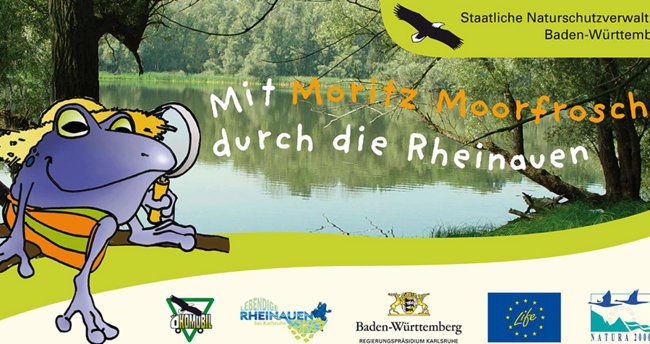LIFE-Projekt "Lebendige Rheinauen bei Karlsruhe"

Kontakt
Peter Zimmermann, Projektleitung
Regierungspräsidium Karlsruhe
Referat 56 - Naturschutz und Landschaftspflege
76247 Karlsruhe
0721 926-4376
peter.zimmermann@rpk.bwl.de
Das Projekt
Für viele Lebensraumtypen und Arten der mitteleuropäischen Flussauen-Ökosysteme erfüllt das Projektgebiet überregional eine zentrale Rolle im europäischen Schutzgebietssystem Natura 2000.
Ziel des Projektes war es, europaweit bedeutende Lebensraumtypen und Lebensstätten von wildlebenden Arten zu erhalten und wiederherzustellen.
Eine Reihe von Maßnahmen begleitete das Projekt in den Jahren 2004 - 2010.
LIFE ist ein Finanzierungsinstrument der Europäischen Union (EU) zur Förderung von europaweit gefährdeten Arten und Lebensräumen. Damit unterstützt die EU die Schaffung und Erhaltung des Netzwerkes Natura 2000. Natura 2000 ist eine Naturschutzkonzeption mit dem Ziel, die biologische Vielfalt zu erhalten. Grundlage für diese Konzeption ist ein europäisches Netz von FFH- und Vogelschutzgebieten (SPA).
Dieses Projekt wurde von der EU zwischen 2004 und 2010 mit 3,5 Millionen Euro unterstützt.
Die Projektleitung hatte das Regierungspräsidium Karlsruhe (RP), Referat 56 (Naturschutz und Landschaftspflege, übernommen.
Projektpartner waren fünf Rheinanlieger-Kommunen im Landkreis Karlsruhe (Rheinstetten, Eggenstein-Leopoldshafen, Linkenheim-Hochstetten, Dettenheim, Philippsburg), die Stadt Karlsruhe, die Landesforstverwaltung, die Wasserbehörde (Ref. 53) und die Fischereibehörde (Ref. 33) des RP, das Naturschutzzentrum Karlsruhe-Rappenwört, das Forschungszentrum Karlsruhe, mehrere anerkannte Naturschutzverbände (BUND, NABU, VVND) sowie lokale Anglervereine (Sportfischervereinigung Eggenstein, Anglerverein Leopoldshafen, Anglerverein Linkenheim). Durch die intensive Verankerung des Projektes in der einheimischen Bevölkerung und durch die Einbeziehung bei der Antragserstellung, durch die Zusammenarbeit der maßgeblich beteiligten Verwaltungen und durch das auf Nachhaltigkeit angelegte Gesamtkonzept ist eine Verbesserung der Lebensräume in den Rheinauen auch über die LIFE Natur-Förderung hinaus langfristig gesichert.
English summary of the project | Résumé français du projet
Project area
The project area is located within the state of Baden-Württemberg in the Federal Republic of Germany. It comprises the morphological floodplain of the Rhine to the north and south of the city of Karlsruhe and covers an area of about 7.665 hectares. The lenght of the project reach is 38 km with an average width of 3 km. Since the project area is bordering the state of Rhineland-Palatine only the right –hand floodplain area is included. In addition to the city of Karlsruhe (275,000 inhabitants) five smaller communities are situated in the neighbourhood. All of them contribute to the project as partners.
Present situation
The Upper Rhine was channelized in the early 19th century cutting off large meander bends in the floodplains around the city of Karlsruhe. The construction of dykes resulted in a narrow strip of 200-300 m in width which remains exposed to the flood regime of the river (active floodplain). Most of the former river channels were left as isolated water bodies in the protected side behind the dykes (former floodplain). Numerous gravel pits were dredged exploiting the upper layer of sand and gravel deposited by the river over thousands of years. A network of drainage canals – many of them without maintenance - is covering the former floodplain.
Most of the natural floodplain forest was replaced by hybrid poplars leaving only small relicts of willow stands (Salix alba and Populus nigra). Due to bank protection and river training former processes of lateral erosion and deposition were terminated even in the active floodplain. Behind the dykes the dynamics of the flow regime still results in fluctuations of the groundwater level with surface inundation of small areas by water pressure at larger flood flows.
Conservancy value
Despite human intervention the project area is including a wide variety of valuable habitats sheltering relict stands of typical species of the natural floodplain flora and fauna. The occurrence of lime-rich marshes with Cladium mariscus and Carex davalliana as well as the main type Callimorpha quadripunctaria, underlines the uniqueness and the great importance of the Rhine alluvial meadows in the project area from the point of view of wildlife conservation.
Objectives and measures
In the active floodplain morphodynamic processes will be initiated in limited areas in order to improve the natural spreading of softwood stands. At the same time the lateral connectivity between the river channel and floodplain waterbodies will be restored at several sites enabling an exchange of the aquatic fauna.
Several waterbodies in the former floodplain suffering from continuous organic siltation will be dredged thus rendering an early stage of succession. This includes a former meander of the Rhine with 3 km in length. A special programme was designed to enhance the relict populations of FFH species. For example a number of abandoned drainage canals will be restructured into suitable secondary habitats for Misgurnus fossilis and Vertigo angustior. Trapa natans was introduced into several separated waterbodies and Marsilea quadrifolia will be cultivated by old agricultural practises. An extensive maintenance programme was elaborated to enhance habitat conditions in special FFH habitat types.A considerable part of the project comprises the removal of hybrid poplars with planting of native woody species in suitable areas.
Public relations
The LIFE project needs the support of the local people, and many measures need to pass a legal procedure in city councils and state authorities. Therefore it is essential that the project includes a professional public relation part. Journalists and a PR agency are contracted to feed articles into the local news media, a wide range of publications will inform about the project on various levels, web cams will be installed and operated by volunteers of a local nature conservancy group, a mobile electronic guide will be developed, guided tours as well as seminars are offered etc.
Facts and figures
Project area: 7.665 ha
Budget: 7 mio Euro (50 % financed by the European Community
Duration: Dec. 2004 until May 2010
Partners: 6 communities nature conservancy authority, water authority, fisheries management authority, 4 nature conservancy associations, 3 fishery associations
Le projet LIFE-Nature « Prairies rhénanes vivantes dans la région de Karlsruhe », cofinancé par l’Union Européenne entre 2004 et 2010 avec 3,5 millions d’euros, est le plus grand projet de protection de la nature au sein de la circonscription administrative de Karlsruhe. LIFE est un instrument financier de l’Union Européenne pour favoriser les espèces et les habitats naturels en voie de disparition.
La région du Rhin est ainsi prise en compte dans le programme de l’Union Européenne « LIFE-Nature », dont l'objectif est de préserver les derniers habitats naturels en Europe dans un réseau européen de zones protégées.
Brève information concernant le projet LIFE« Prairies rhénanes vivantes dans la région de Karlsruhe »
Durée du projet:
2004 – 2010
Budget:
7 millions d’euros ; dont 50 % sont financés par l’Union Européenne, 18 % sont financés par les villes et les communes, 16 % par la préfecture de Karlsruhe (RP), exposé sur la Protection de la nature et de la Protection des sites naturels, l’exposé de la préfecture sur le Service du Land des cours d’eau (11,5 %), 2 % sont financés par d’autres organismes administratifs et centres de protection de la nature à Karlsruhe, 1,5 % par l’Administration des Forêts du Land, et 1 % par des associations
Région:
Zone d’inondation actuelle et historique du Rhin, entre Rheinstetten et Philippsburg.
Dimensions:
7.665 h
Objectifs:
- Interconnexion et évaluation des habitats naturels des prairies et favorisation de leurs espèces
- Optimisation de la coopération entre les représentants de la protection de la nature, de l’agriculture, de la pêche, de la chasse, les communes et les services administratifs.
Mesures:
- Mise en place d’un plan d’entretien et de développement pour la région concernée par le projet.
- Raccordement aux voies d’eau du Rhin de bras morts et de fossés.
- Favorisation de forêts alluviales de saules blancs et de bois durs.
- Remise en état de marais avec des marécages, des bas-marais calcaires, des prairies à molinie et des mégaphorbiaies riveraines humides.
- Favorisation de poissons migrateurs.
- Préservation et réintroduction de la châtaigne d’eau et de la marsilée à quatre feuilles.
- Mise en place d’un sentier didactique de prairie et construction de plates-formes d’observation.
- Travail public important avec 500 visites guidées, 20 rencontres d’information, des livres, des brochures, des tableaux informatifs, des dépliants et des CD.
Devise Ensemble:
pour l’homme et la nature – Put LIFE in your life
Participants au projet
Direction du projet:
Regierungspräsidium Karlsruhe, Referat 56 (Naturschutz und Landschaftspflege
Management du projet:
River Consult, Karlsruhe
Partenaires du projet:
- Städte Karlsruhe, Philippsburg und Rheinstetten
- Gemeinden Dettenheim, Eggenstein-Leopoldshafen und Linkenheim-Hochstetten
- Regierungspräsidium Karlsruhe, Referat 53.1 Landesbetrieb Gewässer und Referat 33 Fischereibehörde
- Regierungspräsidium Freiburg, Referat 82 Forstpolitik und Forstliche Förderung Nord
- Naturschutzzentrum Karlsruhe-Rappenwört
- Forschungszentrum Karlsruhe
- Bund für Umwelt und Naturschutz Deutschland (Ortsverband Rheinstetten)
- Naturschutzbund Deutschland (Gruppe Karlsruhe)
- Verein für Vogel- und Naturschutz Dettenheim
- Sportfischervereinigung Eggenstein und die Anglervereine Leopoldshafen und Linkenheim
Soutien
- Ministerium für Entwicklung und Ländlichen Raum Baden-Württemberg
- Landesanstalt für Umwelt, Messungen und Naturschutz Baden-Württemberg
- Stiftung Naturschutzfonds Baden-Württemberg
- Landratsamt Karlsruhe (Forst-, Landwirtschafts-, Naturschutz-, Wasserbehörde)
Informieren Sie sich!
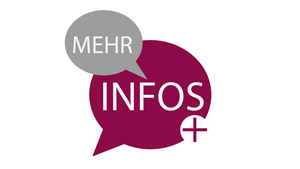
Weitere Informationen
Projektpartner/-Kofinanzierer (pdf, 25 KB)
Links
Centre d`Dinitation à la Nature Munchhausen
FishBase, weltweites Informationssystem über Fische
LIFE-Projekt "Vogelschutz in Streuobstwiesen des Mittleren Albvorlandes und des Mittleren Remstales"
Revitalisierung Taubergießen - Alter Rhein mit neuer Dynamik
World Wide Fund for Nature Deutschland
Ökomobil
Das Kleefarn-Projekt
